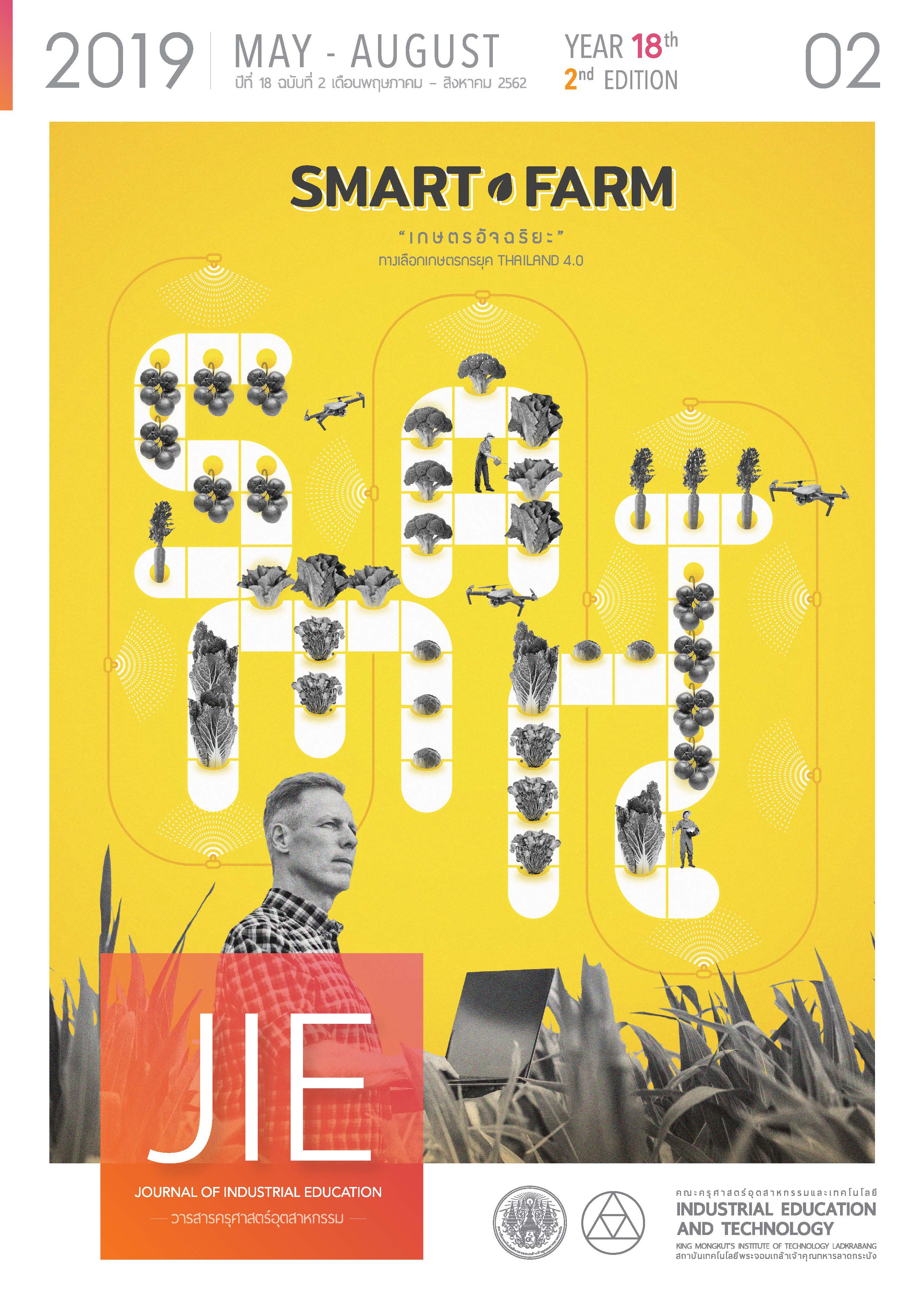THE ABILITY OF MATTHAYOM SUKSA I STUDENTS TO CREATE ONE VARIABLE LINEAR EQUATIONS BASED ON WORD PROBLEMS USING THE BAR MODEL METHOD
Main Article Content
Abstract
The aim of this study is to 1) study the ability to create one variable linear equations based on word problems among Mathayomsuksa One students by the Bar model method; 2) to investigate the efficiency of teaching the topic of creating one variable linear equations from word problems using the Bar model method with a 70/70 criteria; and 3) to study the satisfaction of students regarding this teaching method. The population of this study included one class of thirty students in Mathayomsuksa One, in the first semester of academic year at 2018, Wat Nong Yai School, Bangkok. The methodology employed Cluster Random Sampling from five classes which included one hundred and fifty four students with a combination ability stays. The findings found that: 1) the sample group which used the teaching technique to create one variable linear equation from word problems using the Bar model method was capable of creating these equations at a level higher than the standard and sixty per cent of all students and the significance of these statistics was .05; 2) the efficiency of teaching how to create one variable linear equations from word problems using the Bar model method of this students was E1/E2 = 73.75/62.83, and 3) the sample group of students were satisfied with these teaching technique at a high level.
Article Details
"The opinions and contents including the words in papers are responsibility by the authors."
"ข้อคิดเห็น เนื้อหา รวมทั้งการใช้ภาษาในบทความถือเป็นความรับผิดชอบของผู้เขียน"
References
The Institute for the Promotion of Teaching Science and Technology. (2012). Mathematical Process Skills. 3rd ed. Bangkok: 3-Q Media.
Chaiwat Sittirat. (2015). 80 Innovative learning management that focuses on learners. 8th ed. Nonthaburi: Pee Balance Design and Printing.
Wijarn Panich. (2012). The way to create learning for students in the 21st century. Bangkok: Sodsri-Saridwongso Foundation.
Sunisa Pongprayoon. (2000). A Study of Deficiency in Solving Word Problems on “Equations” of Mathayom Suksa 2 Students. Master Project. Master Thesis of Education (Secondary Education), Graduate School, Srinakharinwirot University.
Kamolpong Jindaluang. (2006). Developing Mathematical Problem Solving Skills throungh Mind Mapping of Mathayom Suksa 2 Studenys. Master of Education (Curriculum and Instruction), Chiang Mai University.
Looi, C. K., & Lim, K. S. (2009). From Bar Diagrams to Letter-Symbolic Algebra: A Technology-Enabled Bridging. Retrieved from https://eric.ed.gov/?id=EJ846821
Kintsch, W., & Greeno, J. G. (1985). Understanding and solving word arithmetic problems. Psychological Review, 92, 109-129.
Hoven, J., & Garelick, B. (2007). Singapore Math: Simple or Complex. Retrieved from https://pdfs.semanticscholar.org/be10/953f61657d4464bebbc7b5ee18c537d3d89c.pdf
De Corte, E., Verschaffel, L., & Greer, B. (2000). Connecting mathematics problem solving to the real world. Proceedings of the International Conference on Mathematics Education into the 21st Century: Mathematics for Living. Amman: The National Center for Human Resource.
Vei, L. S., & Yueh, M. L. (2013). Mathematical Problem Solving with the Bar Model Method. Retrieved from https://www.scholastic.com.au/corporate/pl/assets/pdfs/Bar%20Model %20Method%20MAV%20Article.pdf
Tisana Khammani. (2016). Arts of Teaching: Knowledge to Organize Learning Process Effectively. 20th ed. Bangkok: Chulalongkorn University Printing House.

